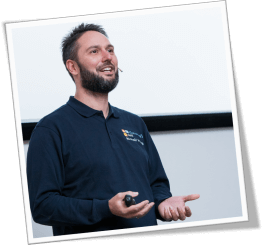In my previous post, I shared that I would be speaking about getting Xbox achievements using Machine Learning at the .NET Virtual Conference and the dotNed user group.
In the meantime, I had the honor to be a guest at the dotnetFlix channel, hosted by Sander Molenkamp and Edwin van Wijk.
I share more on the techniques, frameworks and libraries I have used like EmguCV, EPPlus and ML.NET. I end with a short demonstration of the running application.
As there was so much to share, it did not fit in a single episode. So, we recorded three!
read more...

